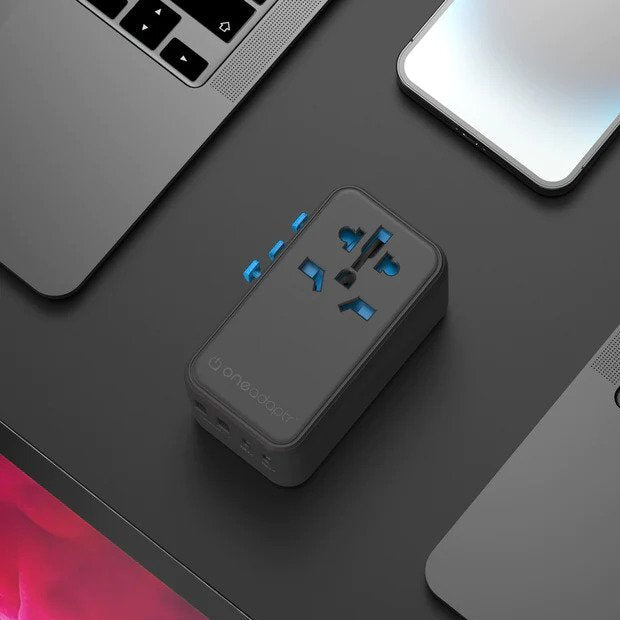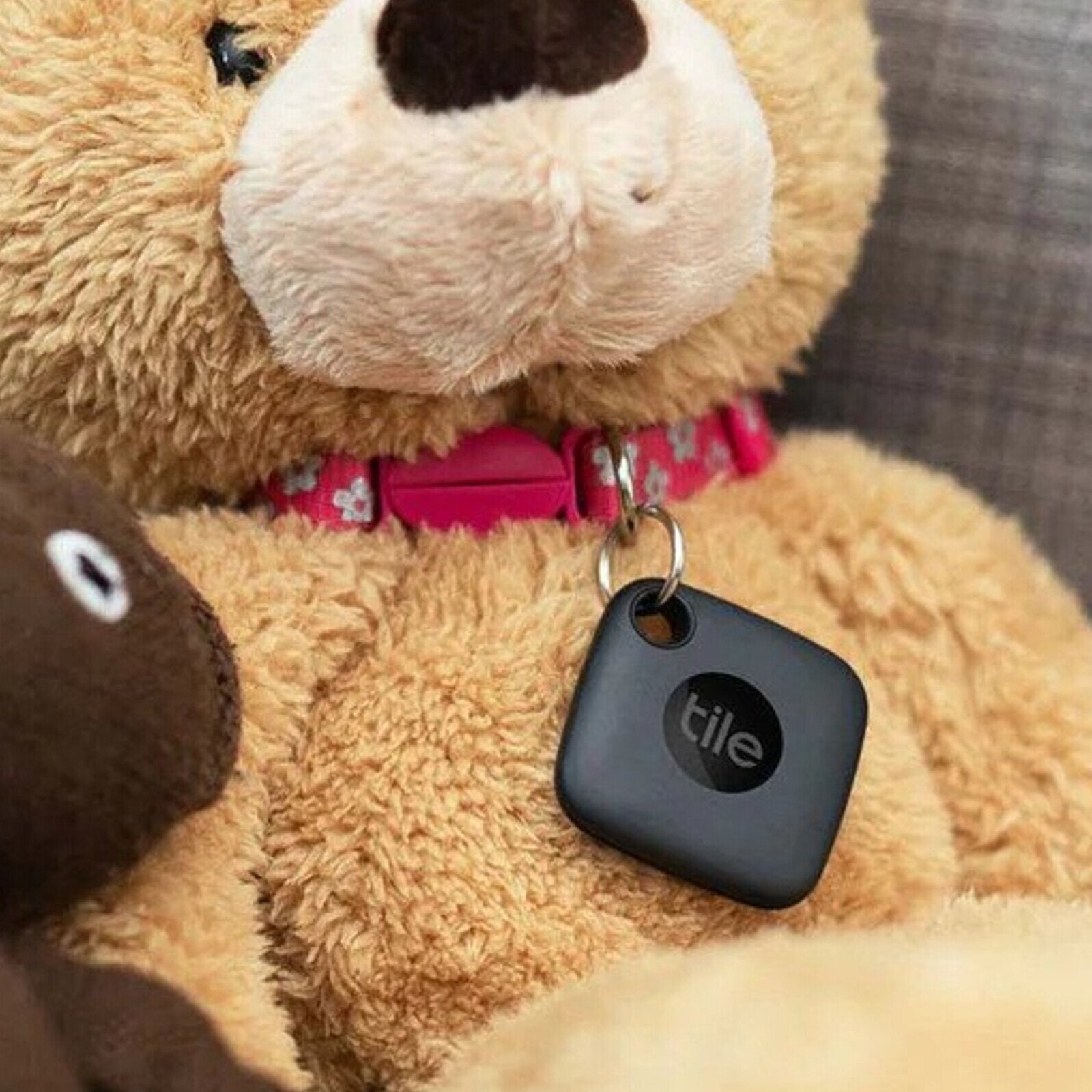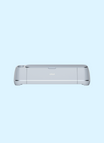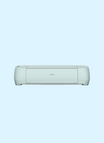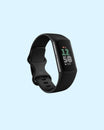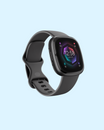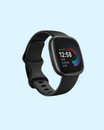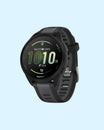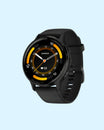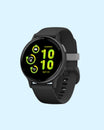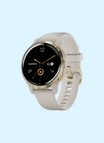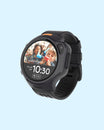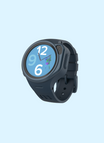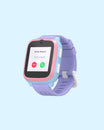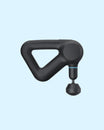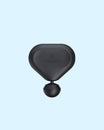TCL QM8 vs Q7
By Elisabeth Christ
Updated September 2024

In the ever-evolving world of televisions, the TCL QM8 and Q7 stand out as two compelling options that cater to different needs and budgets. The QM8, with its premium build and advanced mini-LED technology, promises an unparalleled visual and auditory experience that’s hard to beat. On the other hand, the Q7 offers a balance of performance and affordability, making it an enticing choice for those who seek quality without the high price tag. As we delve into this comparison, we’ll explore how these two models stack up across key areas, helping you decide which one is the perfect fit for your entertainment setup.
Key Takeaways
The TCL QM8 and Q7 each carve out their niches with distinct technical prowess. The QM8, equipped with a staggering 1,080 local dimming zones and peak brightness reaching 2,321 nits, is a beacon of display excellence, delivering deep contrasts and vivid colors that transform any viewing experience. It’s further bolstered by HDMI 2.1 ports supporting 144Hz gaming, making it a formidable choice for tech enthusiasts and gamers alike. Meanwhile, the Q7, with its 200 dimming zones and peak brightness of 1,000 nits, holds its ground by offering impressive image quality at a lower cost, complemented by essential gaming features like 144Hz VRR and HDMI 2.1 support. The decision between these models ultimately hinges on whether you prioritize absolute top-tier performance or a more balanced offering at a friendlier price.


TCL QM8 Mini-LED TV
Premium Smart TV with Exceptional Picture Quality
✓ Sleek design with slim bezel
✓ APIQ Gen 3 processor
✓ Anti-glare screen
✓ Up to 144Hz

TCL Q7 QLED TV
Versatile QLED with Immersive Visuals
✓ 160 local dimming zones (65-inch)
✓ AIPQ Engine Gen3 processor
✓ 1,000 nits peak brightness
✓ Up to 144Hz refresh rate
#1 Price Design

TCL QM8
The design language of both the TCL QM8 and Q7 leans heavily into sleekness and modernity, yet they each cater to different tastes and budgets. The TCL QM8, with its premium price tag of $1,699 for the 65-inch model, exudes sophistication with its slim, metal bezel and a uniquely angled center-mounted stand. This design isn’t just about aesthetics; it’s also functional, especially in the 98-inch variant that boasts feet mounted at either side for extra stability. Meanwhile, the Q7, priced at a more accessible $1,000, takes a different approach. It sports a practical yet stylish look, featuring two V-shaped metal legs that provide a solid base, or it can be mounted on the wall for a cleaner setup. The Q7's design, with its darker brushed metallic strip along the bottom and a thin chrome-colored metal band framing the top and sides, offers a robust and understated elegance.
Despite their price differences, both models come equipped with thoughtful design features. The QM8’s remote, with its rubbery buttons and built-in mic, reflects its high-end positioning, offering direct access to popular streaming services like Netflix and Prime Video. In contrast, the Q7, while more budget-friendly, doesn’t skimp on smart design either. It includes far-field microphones for hands-free Google Assistant control, though its remote opts for a more straightforward plastic build. Each TV stands out in its own way: the QM8 for its luxurious touches and the Q7 for its balance of practicality and style at a lower cost.
#2 Image Quality

TCL Q7
When it comes to image quality, the QM8 and Q7 are powerhouses in their own right, yet they diverge in their technological approach to delivering stunning visuals. The QM8, featuring mini-LED backlighting with an impressive 1,080 local dimming zones on the 65-inch model, offers a near-perfect black level and a peak brightness that can reach up to 2,321 nits, creating an incredibly dynamic and vibrant picture. Its anti-glare screen coating further enhances the viewing experience by minimizing reflections, making it ideal for bright rooms or daytime viewing. The Q7, while not equipped with mini-LED technology, still impresses with its full-array local dimming and up to 200 dimming zones. It delivers a peak brightness of 1,000 nits and excels in contrast, offering deep blacks and minimal halo effects.

TCL QM8
Both models support advanced HDR formats like Dolby Vision IQ and HDR10+, but the QM8 edges out with its superior brightness and infinite black contrast, making it a better choice for those seeking the ultimate visual experience. The Q7, however, offers a commendable performance at its price point, with crisp, vivid pictures that hold up well in most viewing environments. The main difference lies in the QM8’s ability to maintain color accuracy and brightness across a wider range of content, thanks to its higher DCI-P3 coverage and superior processing power with the APIQ Gen 3 processor. The Q7, while slightly more limited in these areas, still delivers exceptional picture quality that will satisfy most viewers.
#3 Sound Quality

TCL Q7
In the realm of audio performance, the TCL QM8 and Q7 offer different auditory experiences that cater to varying preferences. The QM8 is equipped with a built-in 2 x 10-watt speaker system supplemented by a 20-watt subwoofer, delivering a balanced sound profile with clear dialogue and a touch of bass that enhances movie soundtracks in its Movie mode. This setup, combined with support for Dolby Atmos and DTS Virtual, creates a more immersive soundstage that pairs well with the TV’s visual capabilities. The advanced settings, including auto volume control and a multi-band equalizer, allow users to fine-tune the sound to their liking, ensuring that the audio complements the rich visuals.
On the other hand, the Q7, though more modest in its sound offerings, still provides a solid auditory experience with its built-in 2 x 15-watt speaker system. While it lacks the QM8’s dedicated subwoofer, the Q7 compensates with decent sound clarity at moderate volumes, making it suitable for everyday viewing. It also supports Dolby Atmos and DTS Virtual, ensuring that users still get a taste of surround sound effects, even if the overall soundstage isn’t as expansive as the QM8’s. The Q7’s sound might not have the same depth as the QM8, but it’s more than adequate for its price point, making it a practical choice for those who prioritize visuals over audio.
#4 Smart Features & Connectivity

TCL QM8
Smart features and connectivity options are strong suits for both the QM8 and Q7, with each model offering a robust set of tools to enhance the user experience. The QM8 runs on Google TV, providing access to over 800 channels of free-to-stream TV shows and movies, making it a content-rich option for users who want a wide array of viewing choices. The built-in mic for voice commands, alongside compatibility with Google Assistant, Alexa, and Apple HomeKit, ensures that the QM8 is well-integrated into any smart home setup. Connectivity is also top-notch, with four HDMI ports, two of which are HDMI 2.1, offering support for eARC and 4K at 120Hz, making it ideal for high-definition content and gaming.
The Q7, while more affordable, doesn’t lag behind in smart capabilities. It also runs on Google TV, ensuring a smooth and intuitive user interface with easy access to popular streaming services. The inclusion of two HDMI 2.1 ports, along with support for AirPlay and HomeKit, highlights the Q7’s versatility in handling various media sources. Additionally, the Q7 features Bluetooth output for wireless audio, providing flexibility for connecting external speakers or headphones. While the QM8 may offer a slight edge with its additional HDMI ports and higher-end features, the Q7 provides a well-rounded smart TV experience that caters to most users’ needs without breaking the bank.
#5 Gaming

TCL Q7
Gaming enthusiasts will find a lot to love in both the QM8 and Q7, but the specific needs of the gamer will determine which TV is the better fit. The QM8, with its 120Hz refresh rate and support for up to 144Hz with HDMI input 1, offers a fluid and responsive gaming experience. Its Game Accelerator feature, which enables up to 240Hz VRR gaming at 1080p resolution, is a standout, catering to competitive gamers who require ultra-low latency and high frame rates. The TV’s FreeSync Premium Pro support and 13ms input lag in Game Master mode make it a formidable choice for those looking for a top-tier gaming display.

TCL QM8
The Q7, while not as feature-rich as the QM8 in some areas, still delivers a strong gaming performance. With two HDMI 2.1 ports capable of up to 144Hz at 4K or 1440p and up to 240Hz at 1080p, the Q7 is well-suited for fast-paced gaming. Its Game Bar quick menu allows for easy adjustments to gaming settings on the fly, and the 144Hz VRR support ensures smooth gameplay with minimal tearing. The Q7’s slightly higher input lag of 13.1ms is still competitive, making it a solid option for gamers who want a high-performing TV without the premium price tag of the QM8. Both TVs offer excellent gaming experiences, but the QM8’s advanced features make it the go-to choice for serious gamers seeking the best possible performance.
TCL QM8 vs Q7
Final Thoughts

TCL QM8 vs Q7
Choosing between the TCL QM8 and Q7 comes down to understanding your viewing habits and priorities. If you’re someone who demands the pinnacle of picture quality, immersive audio, and the latest in gaming tech, the QM8 is undoubtedly the superior choice. However, if your focus is on finding a television that delivers excellent performance across the board without venturing into the premium price territory, the Q7 is the smart, budget-friendly option that doesn’t compromise on quality. Each model has its strengths, and your decision should reflect what matters most in your entertainment experience.
If you like to read more about Smart TVs, check out our other relevant guides here:
Hisense U6K vs U7K
Hisense U6K vs U6N
Hisense U7K vs U8K
Hisense U7K vs U7N
Hisense U7N vs U8K
Hisense U8K vs U8N
Hisense U7N vs U8N
Hisense U6N vs U7N
Don't miss out on tech
Subscribe to our newsletter to stay up to date on the latest tech trends and guides on the best gadgets around.


